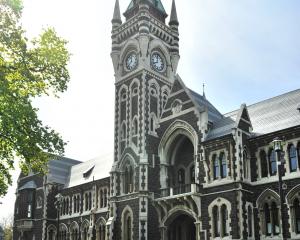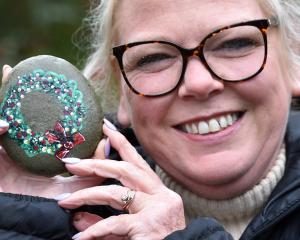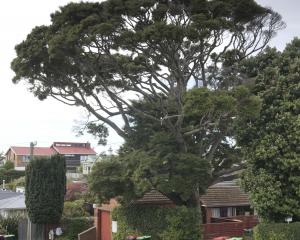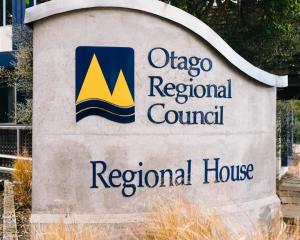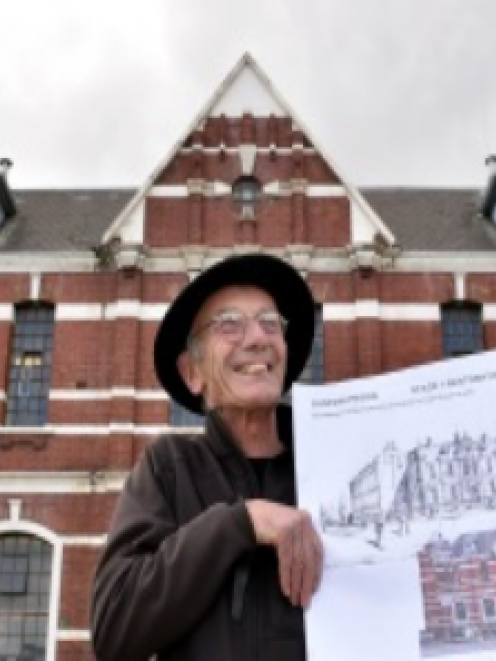
Plans for the prison include a courtyard restaurant under a glass roof, an interactive cell-block tour including props and actors, and commercial tenants - which could include accommodation providers - in the High St administration block.
But before those ideas could become reality, the prison's owner, the Dunedin Prison Trust, needed to earthquake strengthen the building and restore its exterior to its original 1896 condition, trust chairman Stewart Harvey said.
That work was expected to cost between $500,000 and $550,000, and was the subject of consents lodged with the Dunedin City Council in July.
Those consents had now been granted, Mr Harvey said, and the drive to find the required funding had been successful.
The trust was hopeful all of the $550,000 had been found, although that would not be confirmed for another month.
The Lottery Grants Board, the Otago Community Trust, the Dunedin City Council's Dunedin Heritage Fund, and money the Dunedin Prison Trust had earned through tours were all expected to contribute to the sum, he said.
The biggest contributor would be the Lottery Grants Board, which had said it was happy with the trust's submission but still needed to sign off on the potential grant next month.
If the grants were approved, the trust could get on with tendering the work, he said.
It was hoped construction could begin as early as February or March next year and be completed within six months.
The earthquake strengthening work would primarily consist of ''tying'' the administration block's roof to its walls, Dunedin architectural conservator Guy Williams, who was working on the restoration, said.
The extensive restorative work would return the building to its original state, as seen in an 1895 drawing by architect John Campbell.
That drawing showed elaborate detailing on the prison's roof and walls.
But through the years, through a combination of safety concerns and maintenance cost-cutting, most of the ornamental details had been removed, Mr Williams said.
They would all be reinstated. That work would include:
•Rebuilding 18 decorative globe-topped stone columns.
•Replacing moulded stone banding.
•Cleaning and restoring the facade.
•Rebuilding three brick chimneys.
•Rebuilding five elaborate finials.
•Replacing decorative ceramic ridge tiles on the roof.
•Replacing arch-topped pediments on each cell block.
While that work was under way, the trust planned to get started on the next ''tranche'' of consents and fundraising, this time for ''phase two'' of the trust's masterplan for the prison, Mr Harvey said.
That could strip the internal courtyard of the small modern structures that were cluttering it and restore it to its original state.
Above that courtyard, a glass roof could be fitted, enclosing it for future use as a restaurant dining area. The restaurant would be serviced by the existing commercial kitchen.
A museum and shop were planned, a new entranceway would be built on the prison's southern side, and a lift installed.
It was hoped a commercial tenant would lease the High St frontage of the building housing the old administration block.
The bulk of the prison, including 56 cells in three wings over three floors, would be retained in its original condition for the interactive tours.




